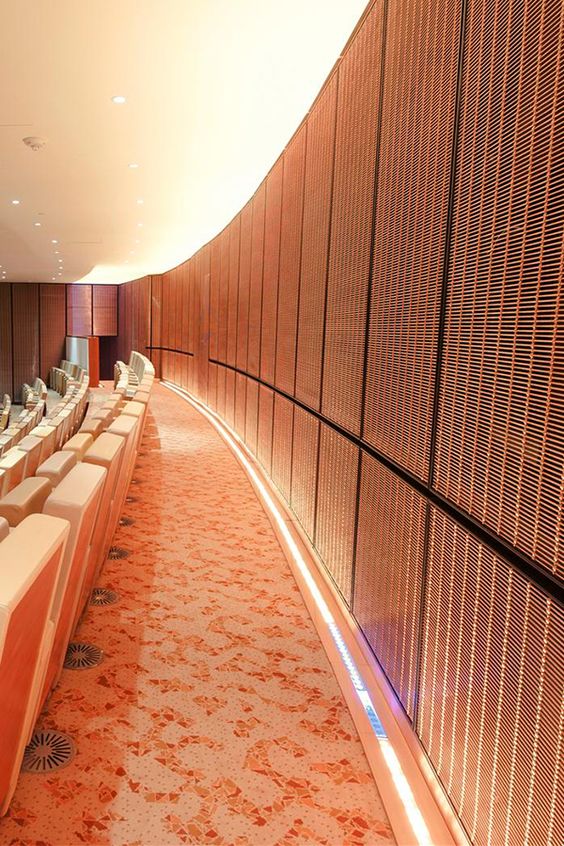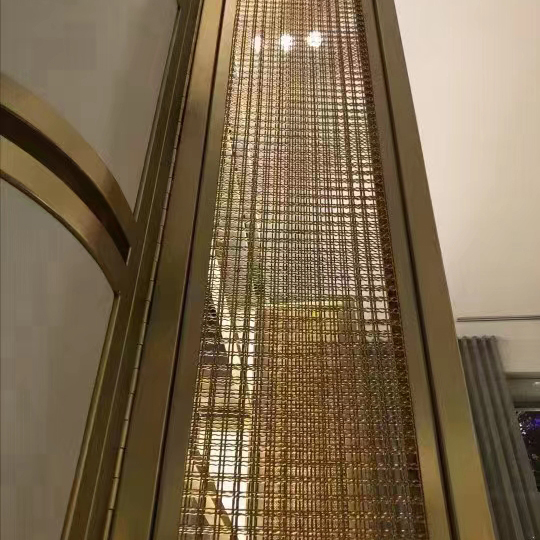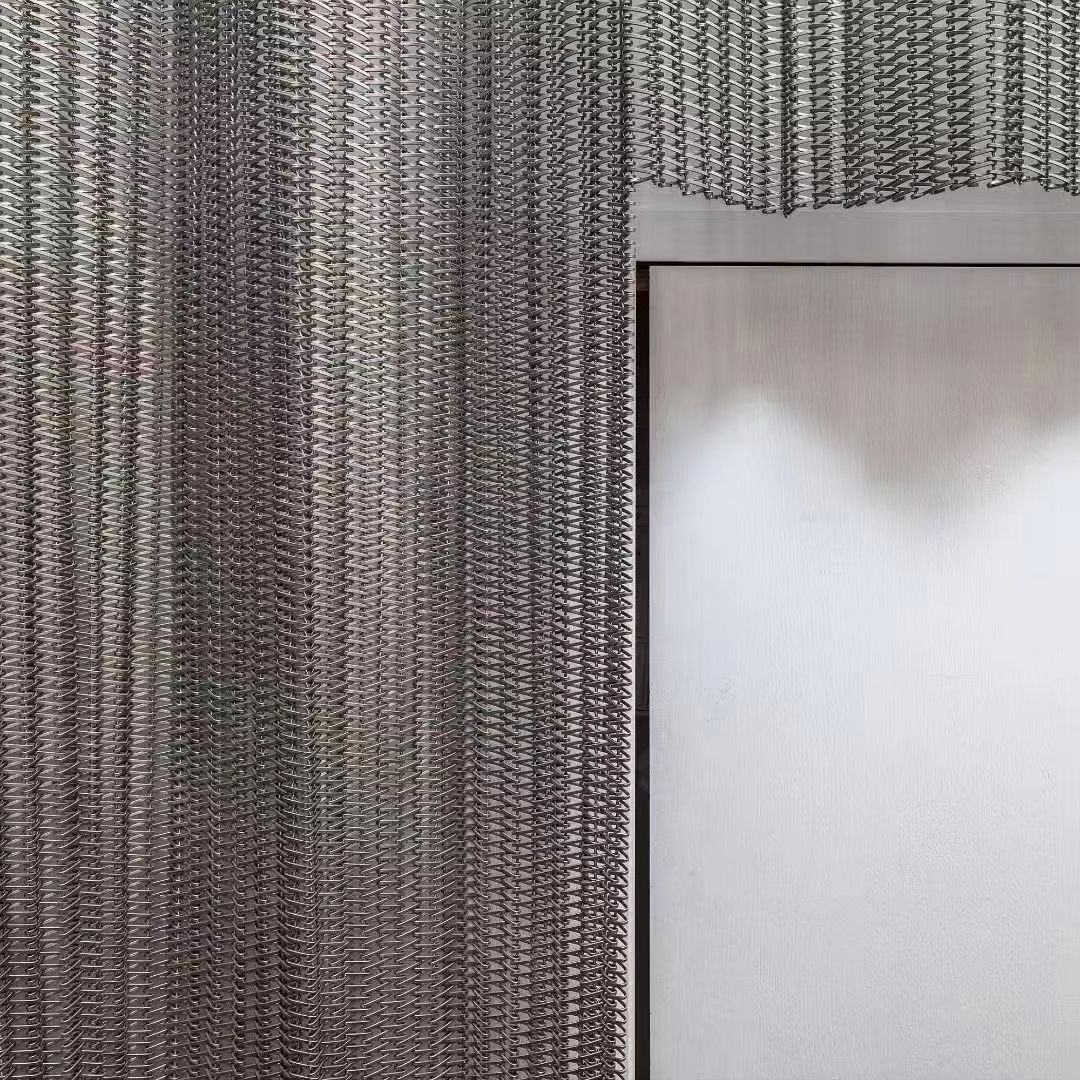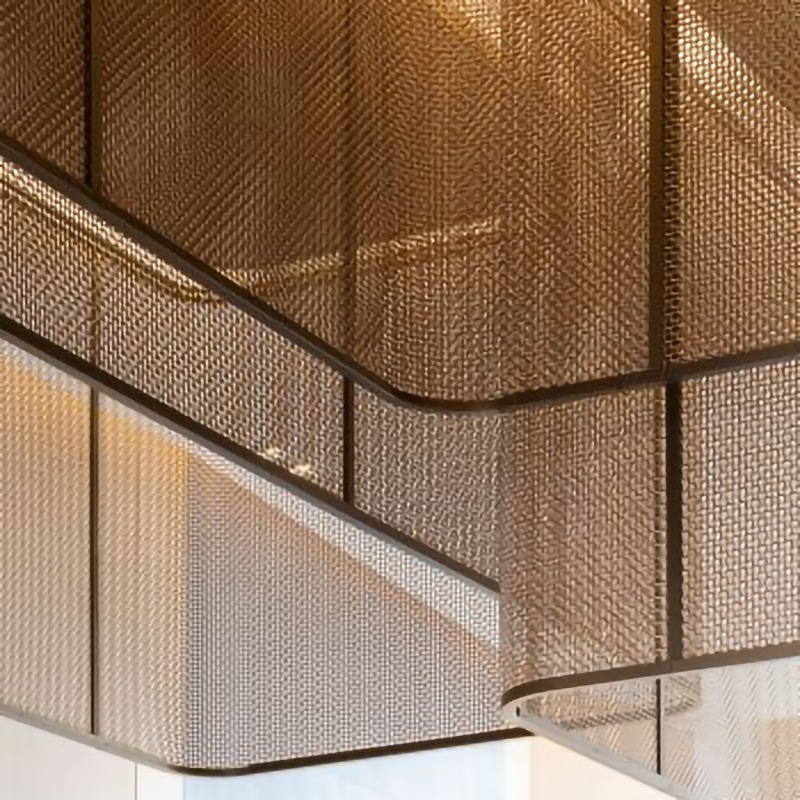Architectural Woven Mesh stands as a testament to the fusion of science and artistry in modern architecture. This innovative material, born from a marriage of advanced materials and meticulous construction techniques, has become a hallmark of contemporary architectural designs. The intricate weaving of metal wires or fibers has given rise to a versatile and visually striking medium that not only serves functional purposes but also elevates the aesthetic appeal of architectural spaces. Let us delve into the science underpinning the creation of architectural woven mesh, exploring the key aspects of materials and construction that make it a compelling choice for designers and architects alike.

Architectural Woven Mesh: The Science Behind Materials and Construction
Materials of Architectural Woven Mesh
The materials used in architectural woven mesh are fundamental to its performance, durability, and appearance. Typically made from materials such as stainless steel, aluminum, copper, or other alloys, these wires are selected for their strength, corrosion resistance, and ability to withstand environmental factors. Stainless steel, in particular, is a popular choice due to its durability, low maintenance, and ability to maintain its integrity in a variety of climates. Additionally, advancements in materials engineering have led to the development of coated or colored wires, allowing for a wide array of design possibilities and ensuring the mesh can be tailored to suit specific project requirements.

Architectural Woven Mesh: The Science Behind Materials and Construction
Construction Techniques: Weaving Excellence
The construction of architectural woven mesh involves precise weaving techniques that bring the material to life. The weaving process varies based on the desired pattern, density, and structure of the mesh. Common weaving patterns include plain weave, twill weave, and Dutch weave, each imparting distinct visual and structural characteristics to the mesh. The weaving process requires skill and precision to ensure the wires are interlaced accurately, resulting in a stable and aesthetically pleasing mesh. Advanced machinery and technology have streamlined this process, allowing for intricate designs and large-scale production while maintaining the precision essential to architectural applications.

Architectural Woven Mesh: The Science Behind Materials and Construction
Functional Versatility of Woven Mesh
Beyond its aesthetic allure, architectural woven mesh offers functional versatility. It serves multiple purposes in architectural design, including but not limited to facades, balustrades, ceilings, partitions, and sunscreens. The mesh can provide solar shading, privacy, airflow, and even enhance acoustics within a space. Its ability to be tensioned or framed allows for customization and adaptability to the specific requirements of a project. By combining various mesh patterns, colors, and textures, architects can achieve a wide spectrum of effects, from transparent and light to opaque and textural, thus tailoring the mesh to suit both form and function.

Architectural Woven Mesh: The Science Behind Materials and Construction
In conclusion, the science behind architectural woven mesh is a fascinating blend of material science, engineering, and design innovation. From carefully selected materials to intricate weaving techniques, this versatile medium has revolutionized architectural design, offering not only structural integrity but also an artistic and functional dimension. As architects continue to push the boundaries of creativity, architectural woven mesh stands as a testament to the marriage of science and design, paving the way for a new era of architectural possibilities.
Post time: Nov-15-2023

